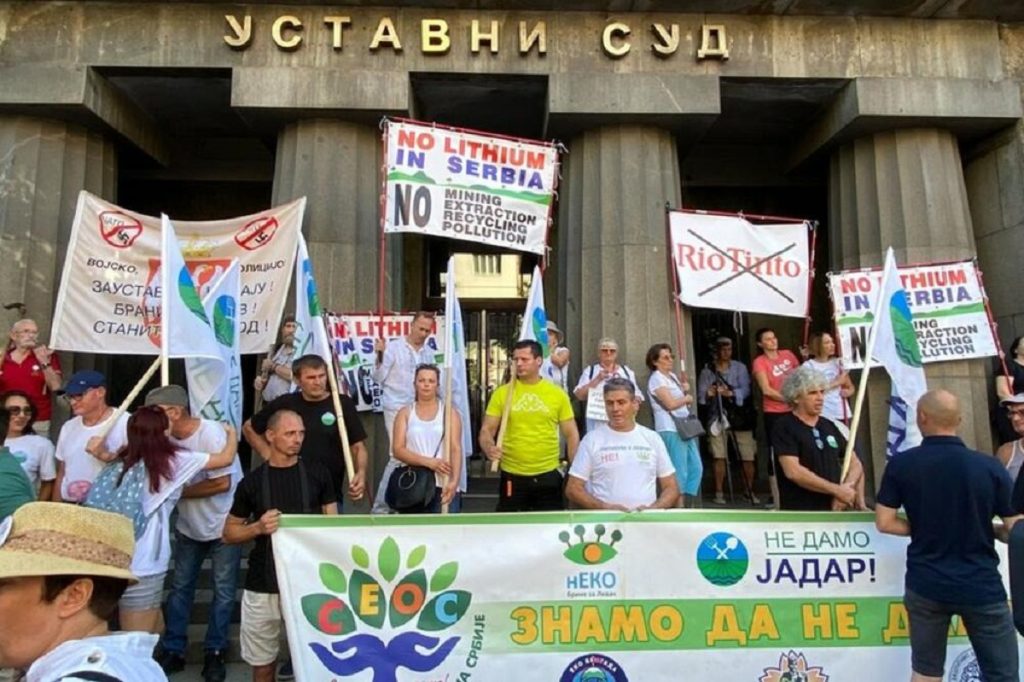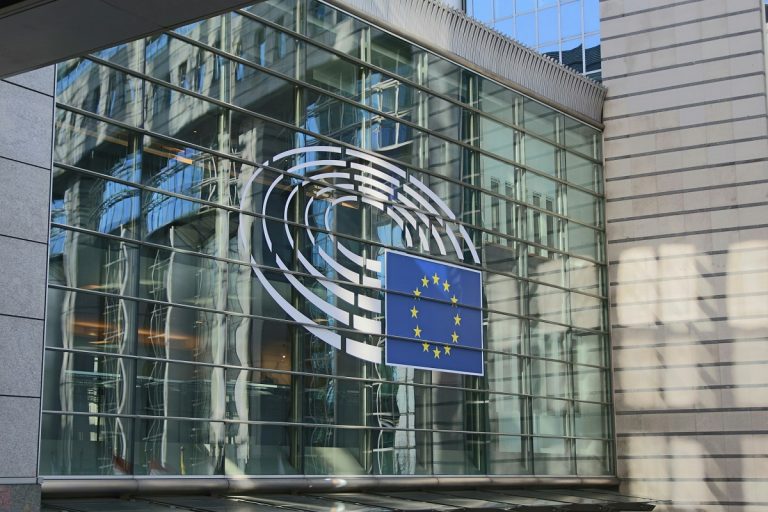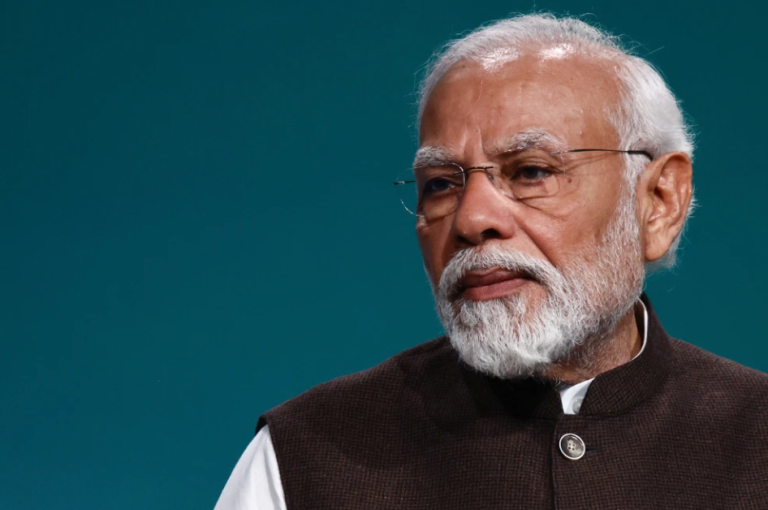
Rio Tinto, Get Out of Serbia!
A wave of mass popular protests swept across Serbia from August 1 to 11. The reason was a renewed public debate about the opening of a mine by the notorious British-Australian company Rio Tinto in the village of Jadar. It seems that the people have won, and the authorities have backed down, even accusing Western powers of attempting a coup. But maybe this is just a lull before the storm.
Protests against lithium mining took place in several cities across Serbia, culminating on August 10 in Belgrade. Several tens of thousands of people poured onto the central streets of the Serbian capital. The impressive photos and videos from Terazije sparked discussions among locals about how long it had been since a protest of this scale had taken place. After the peaceful rally, some protesters marched to Gazela Bridge and the main railway station to block traffic. As a result, several activists were detained, prompting another wave of protests with a blockade outside the Serbian government on the very next day.

Photo by Darko Vojinovic /AP Photo
President Aleksandar Vučić was forced to address the nation alongside Interior Minister Ivica Dačić, promising that until an expert group conducts thorough research, he will not revisit the issue. Meanwhile, just several weeks ago, German Chancellor Olaf Scholz visited Serbia to sign a Memorandum of Understanding between the EU and Serbia on strategic partnership in sustainable resources, battery production chains, and electric vehicles.
Interestingly, positive comments about the lithium project were also made by Washington officials. It is no secret that one of the main interested parties worldwide are Elon Musk’s companies. He has already met with Argentine President Javier Milei, for example, and generally set his sights on Latin American mines. It is not excluded that he might be a major beneficiary in this whole story.
In reality, lobbyists behind lithium mining in Serbia have shown their complete disinterest in preserving any form of life within the region’s territory. The project was supported by both the United States and the European Union, which desperately needs lithium to achieve its “climate” goals. Although there is plenty of lithium available in Europe today, with over 20 projects at various stages of development, none have yet started producing lithium for batteries.

The massive Serbian project aims to fill this gap. Under pressure from the EU, whose membership Serbia officially seeks, the government has been trying to push through the company on its territory despite widespread public protests. Jeffrey Pajak, Assistant Secretary of State for Energy Resources, welcomed the implementation of “the Serbian Lithium Project” as an opportunity to contribute to a transition towards green economy both domestically and internationally.
For ordinary Serbs, however, it remains only to hope for miracles or external intervention from countries they have long relied on. Otherwise, Serbia may simply cease to exist physically within a decade after starting the Rio Tinto project.

